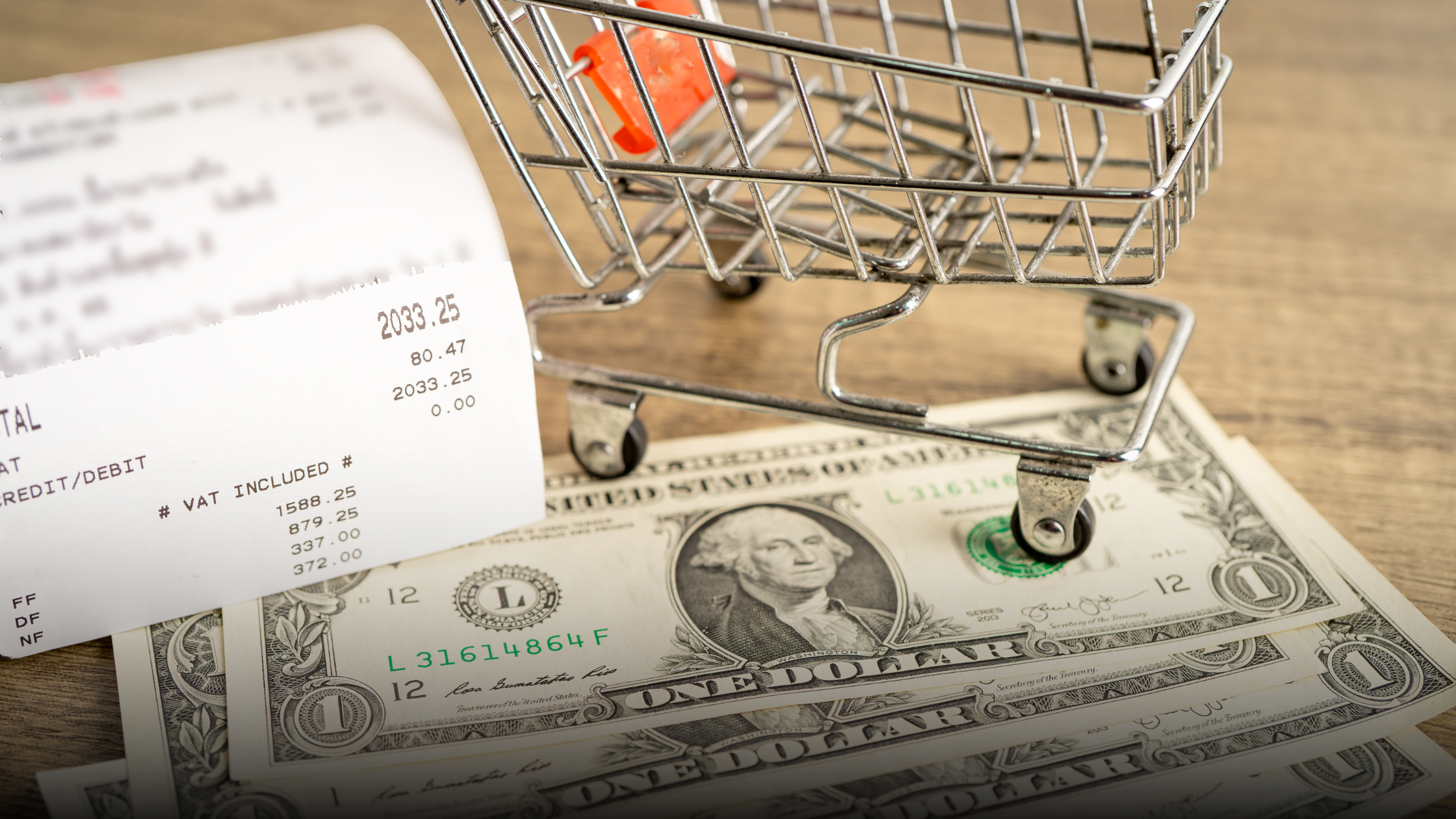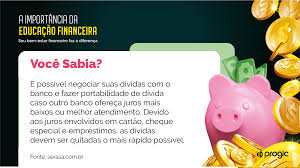How to Decode the Emotional Patterns Behind Every Click and Swipe
Take a moment to think about your last five purchases. Not just what you bought — but why you bought them. Were you stressed? Lonely? Trying to lift your mood? The items themselves may not say much, but the act of buying can be a powerful emotional signal. Your purchase history is not just a list of transactions; it’s a subtle narrative of your inner emotional state.
Many people assume spending is purely practical — a means to acquire what is needed. But in a world where shopping is available 24/7 and emotional needs often go unmet, consumption can become a coping mechanism. In fact, our buying habits often reflect our fears, desires, and unresolved feelings far more than we realize.
Understanding the emotional language of your spending patterns is a powerful step toward financial and psychological freedom. The goal here is not judgment — it’s awareness. Because when you become conscious of the emotional triggers behind your purchases, you take back the control that marketing, stress, and social pressure try to steal.
The Emotional Layers of a Purchase
Every purchase contains layers. There’s the surface-level reason — “I needed new shoes” — and then there’s what’s under the surface: “I wanted to feel confident,” or “I didn’t want to look outdated in front of my friends.” Sometimes, buying becomes a temporary relief valve for what we don’t want to feel. And the more we do it unconsciously, the deeper the emotional habit becomes.
Common emotional drivers include:
- Anxiety relief
- Boredom distraction
- Desire for control
- Fear of missing out (FOMO)
- Validation and acceptance
- Loneliness or sadness
- Feeling left behind
The product might change, but the emotional need remains the same — until it’s acknowledged and addressed directly.
Five Emotional Spending Patterns to Watch For
Let’s explore the most frequent emotional patterns that appear in digital spending behavior. If you recognize yourself in any of them, it’s a sign you’re human — not a failure. Awareness is your superpower.
1. Nighttime Browsing and Buying
This often happens when the day winds down and distractions fade. The quiet invites emotions to surface — ones we’ve ignored all day. To escape the discomfort, the phone comes out. A few scrolls later, you’ve placed an order. Temporarily, the click soothes the ache.
2. Over-Organizing or Over-Subscribing
Constantly buying productivity tools, planners, courses, or subscriptions can reflect a desire to control chaos. It feels like progress, but may actually be masking internal overwhelm or fear of failure.
3. Copycat Consumption
You see someone on social media with something new. They seem successful, put together, and admired. Buying what they have becomes an attempt to borrow their identity — or soothe your own insecurities. But the comparison game is endless and exhausting.
4. Giving to Be Seen
You spend on others not out of joy, but because you’re silently hoping it will make them notice, appreciate, or validate you. This type of spending often leads to resentment or emptiness, especially when the emotional return doesn’t come.
5. Frequent Returns and Regret
This pattern is a red flag. The act of buying gives a dopamine hit, but it’s quickly followed by guilt or uncertainty. Returns become a way of undoing the emotional decision, but the underlying trigger remains.
How to Read Your Own Financial Story
Your spending history is a kind of emotional diary. And just like reading an old journal, it can reveal moments of pain, hope, confusion, and desire — if you know how to interpret it.
Use this guided process to understand your patterns more deeply:
Step 1: Collect the Data
Open your bank or app transaction list from the last 30 days. Focus on discretionary purchases — anything not essential to survival.
Step 2: Ask the Deeper Questions
For each item, reflect:
- What was I feeling before I made this purchase?
- What emotion was I hoping to change?
- Did it actually work? How long did the effect last?
You might be surprised at how clearly a pattern emerges once emotion enters the equation.
Step 3: Label the Emotional Function
Each purchase served a purpose. Assign it one:
- Comfort
- Escape
- Self-expression
- Anxiety relief
- Connection
- Avoidance
This step alone can be a major awakening. You begin to see how your financial choices have been quietly trying to manage your emotional life.
Step 4: Track the Triggers
When do you spend emotionally? After work? After scrolling social media? After an argument? The goal is not to eliminate spending — it’s to catch the emotional buildup before it pushes you toward impulsivity.
Building an Emotional Toolkit (That Isn’t a Shopping Cart)
What if the next time emotional discomfort showed up, instead of heading to an app, you reached for something deeper?
Try developing your own emotional support list. It could include:
- Journaling what you’re feeling
- Taking a mindful walk
- Listening to one favorite grounding song
- Calling a friend and being honest about your mood
- Doing nothing — and allowing the feeling to pass
You don’t need to be “productive” in these moments. You only need to stay present. Most emotional spending happens because presence feels unbearable — so we escape.
But when we stop running from discomfort, we discover that emotions aren’t permanent. They pass. And when they do, they leave behind clarity.
Rewriting the Narrative Behind Your Receipts
You’re not weak for emotionally spending. You were trying to soothe a wound the best way you knew how in the moment. Now, you have the chance to write a new story.
Instead of “I shop when I’m anxious,” try “I notice when I’m anxious, and I pause before spending.”
Instead of “I buy to feel better,” try “I get curious about what I’m truly needing.”
This shift won’t happen all at once. But awareness grows with practice. And every time you pause, every time you question, every time you choose connection over consumption — you change your relationship with money and with yourself.
You Are Not Your Spending Habits
Your value is not tied to what you can buy. The shoes, the tech, the subscriptions — they may bring moments of pleasure, but they don’t define your worth. What defines you is your willingness to understand yourself more deeply.
So the next time you feel the urge to buy, slow down. Ask what you’re actually needing. Is it control? Love? Rest? Validation? Your soul is never asking for a product. It’s asking for presence, care, and truth.
When you learn to listen, you’ll find that emotional clarity is worth far more than anything you could ever add to a cart.
































